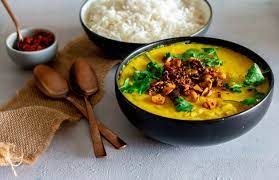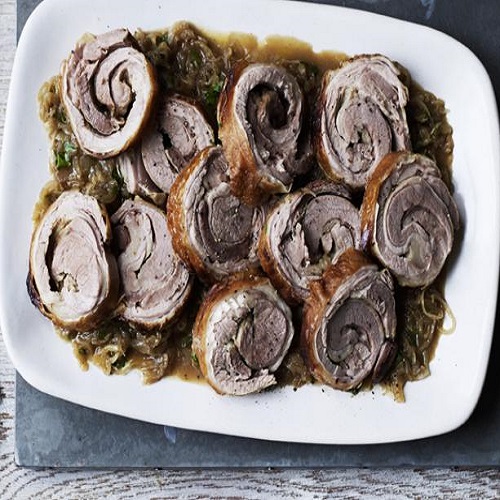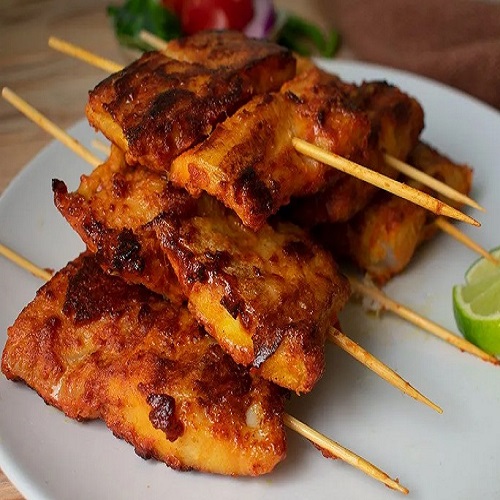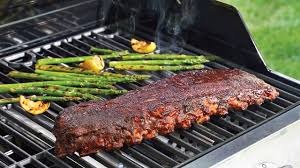Moong Masoor Dal | Red and Yellow Lentil Curry


Dal is a staple dish that is available throughout the day in the Indian subcontinent. Dal can be prepared in a variety of ways depending on the region, the ingredients used, and the accompaniments served with it. I like this kali daal, which I enjoy with rice and is cooked with black gram lentils. Today, I’m going to share another one of my go-to recipes for moong masoor dal, which is a dal made with red and yellow lentils. It is common to eat this kind of dal with rice or flatbread in both Pakistan and India.

How to make Moong Masoor Dal?
Two different kinds of lentils are needed to produce this dal dish. One is masoor dal, sometimes referred to as red or orange lentils and consisting primarily of the split, skinned red lentils. The other is split and skinned moong dal sometimes referred to as yellow lentils or mung beans. Both kinds of lentils ought to be simple to find at any sizable supermarket, as well as at an Indian and Pakistani grocery store.
Measure out the two varieties of dal into a bowl, then thoroughly clean them by removing any debris or stones before washing the lentils. Masoor dal and moong dal don’t need to be soaked because they cook rapidly, but I still like to soak them for a few minutes while I prepare the other ingredients. Ginger, garlic, and turmeric are sautéed in hot oil. Cook the two varieties of lentils together until they are tender. Use an immersion blender, a wooden spoon, or a vigorous whisking motion to mash the dal into a smooth but chunky consistency. If more water is necessary at this point, add it; otherwise, simmer the food for a few minutes, until it is soft and tender.
Prepare the tempering separately in the interim. The onions, garlic cloves, red peppers, and cumin seeds are added one at a time to the hot oil in the pan. Mix the dal thoroughly after adding the ingredients for the tempering.
What is tempering, and how it can be used to change the flavor of dal:
Cooking in India and Pakistan uses the tempering method, sometimes referred to as Tarka or baghaar, in a variety of recipes. When producing this moong masoor dal, it was done at the end of the cooking process, but it can also be done at the start. Onions, ginger, garlic, and/or other spices are added to hot oil after it has been heated through. When the tempering is added to the dal, the aroma and flavor of the herbs and spices that have been cooked off in the oil are liberated.
One can make many variants of the same dal by changing the components used in the tempering process because each one imparts a distinctive flavor to the finished meal. Some tempering combinations that are conceivable for this moong masoor dal include:
- Just sliced garlic
- Sliced garlic and onions
- Only cumin seeds
- Green chilies and cumin seeds
- Onion slices, cumin seeds, and green chilies
Just keep in mind to add the ingredients one at a time and in the proper sequence, beginning with the one that takes the longest to cook. The right amount of cooking is necessary for ingredients to unleash their flavor and aroma. Therefore, chopping spices can take about 30 seconds and chopping onions can take two to three minutes.
What to serve with dal?

Dal can be eaten with rice, typically basmati, but brown rice is also a wonderful choice because it has a nutty flavor that goes well with the dal. It can also be served with bread, naan, roti, and chapati. When I serve it with bread, I want to keep it on the dryer side, and when I serve it with rice, I like to keep it on the liquid side. Although dal can be eaten on its own, it is typically accompanied by a few sides to provide flavor and texture because it is such a straightforward dish. Pickles (achaar), fried green chilies, kachumber salad (prepared with onions, tomatoes, and cucumber), pappadums, or shami kebabs are a few common accompaniments.
Moong Masoor Dal | Red and Yellow Lentil Curry

Ingredients Moong Masoor Dal
For the dal:
- ½ cup red lentils masoor dal
- ½ cup yellow lentils moong dal
- 1 tablespoon oil
- 1 teaspoon garlic paste
- 1 teaspoon ginger paste
- ½ teaspoon turmeric powder
- Salt to taste
For tempering
- 2 tablespoons oil
- ½ small onion sliced (optional)
- 4 garlic cloves sliced
- 2 whole red chili (dried)
- 1 teaspoon cumin seeds
- coriander leaves for garnish
Instructions Moong Masoor Dal
For the dal:
- Wash and portion out the red (masoor dal) and yellow (moong dal) lentils. As they cook fairly rapidly, they don’t need to be soaked, but I normally soak them for a few minutes while I assemble the other ingredients.
- In a big pot, heat 1 tablespoon of oil.
- Include turmeric powder, ginger paste, garlic paste, and onion. Add the lentils and salt after frying for one minute. Bring to a boil after adding water and stirring it in.
- Once the water has boiled, reduce the heat to low and simmer the lentils for about 15 minutes, or until tender. It will take two minutes to do this in a pressure cooker. At this point, I vigorously stir the lentils with a whisk or wooden spoon. The lentils become mashed up, like a thick, chunky stew. Another option is an immersion blender. If you want a thicker gravy, just simmer it for a short while or add more water if necessary.
For the tempering:
- Oil for tempering should be heated in a small frying pan or wok for a few minutes before the lentils are finished cooking. Onions should be added to heated oil and fried till light golden. The garlic cloves are then added and sauteed for one minute, or until they are golden brown. Then add the cumin seeds after the whole red chilies.
- Cook the cumin and red chilies until they change color and release their scent, which takes 30 to 1 minute.
- Pour the tempering mixture over the lentils, being careful to include the oil. Serve with roti, chapati, naan, or rice.
Notes
Depending on personal choice, a daal recipe may use more or less water. Depending on how I plan to consume the dal, I adjust. I will use less water and make it thicker and more stew-like if I am eating it with roti. When I consume rice, I will add more water to make it liquid and better coat the rice.



